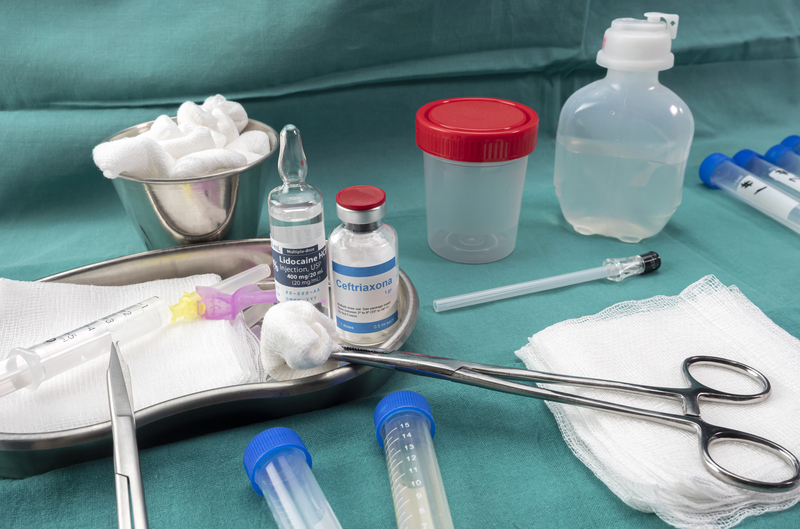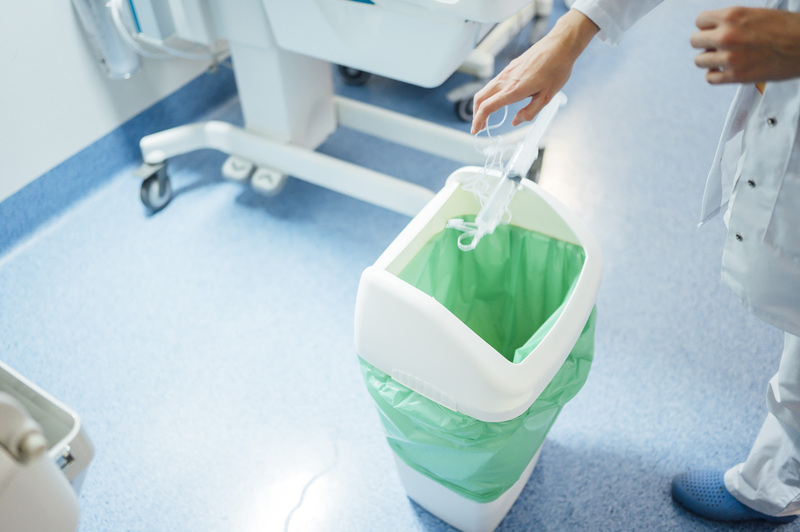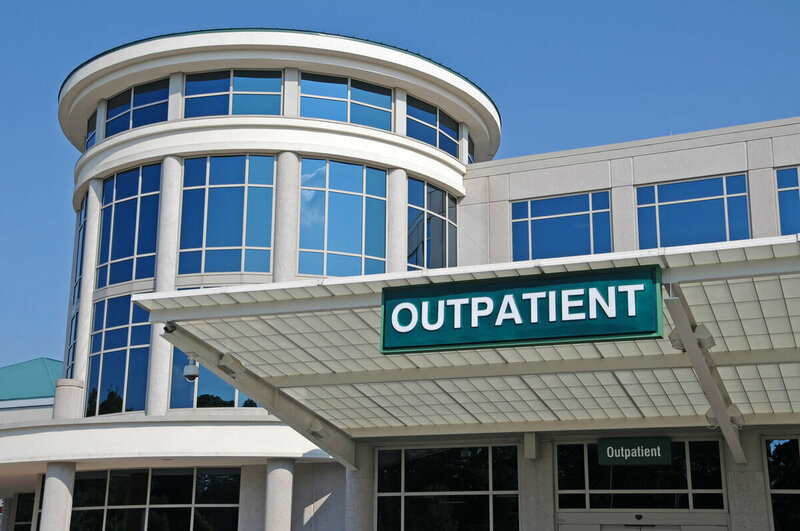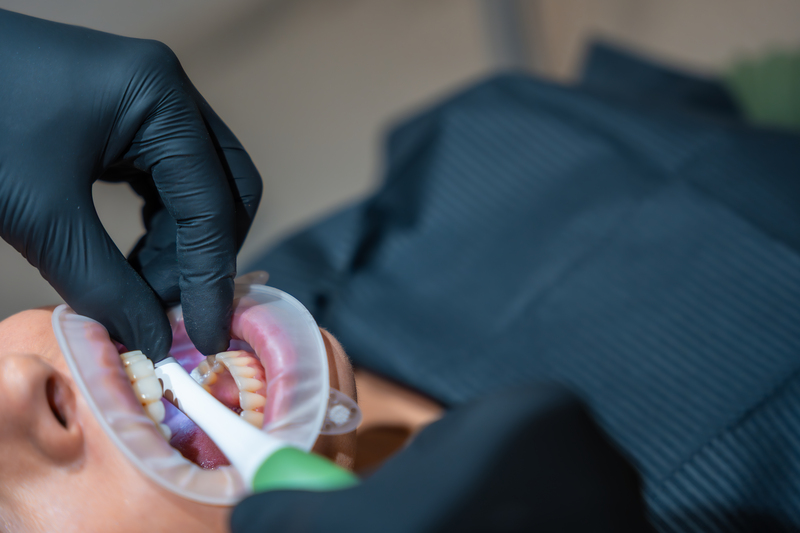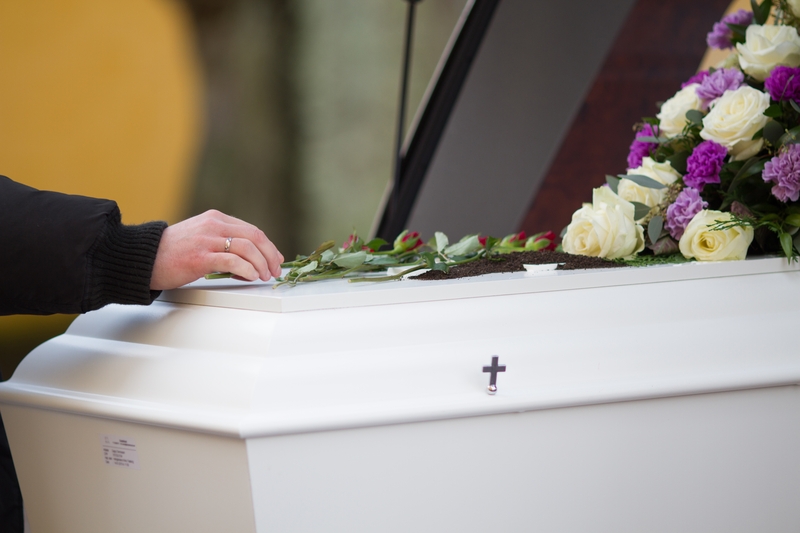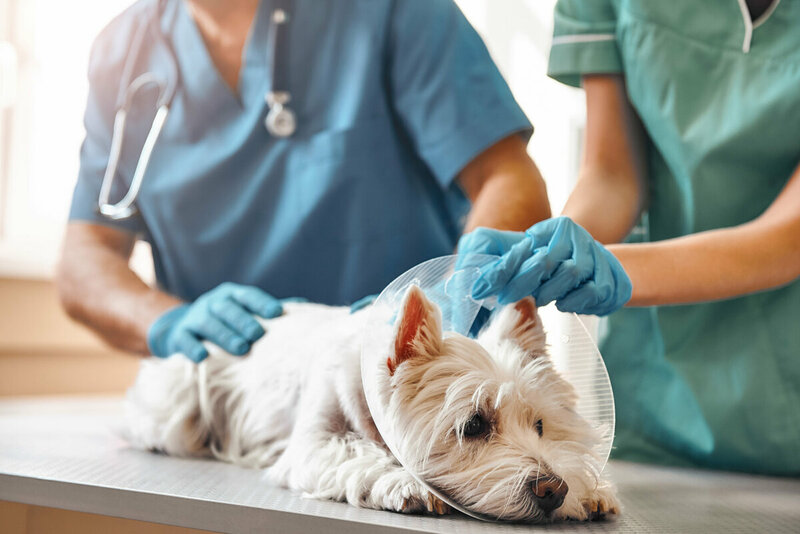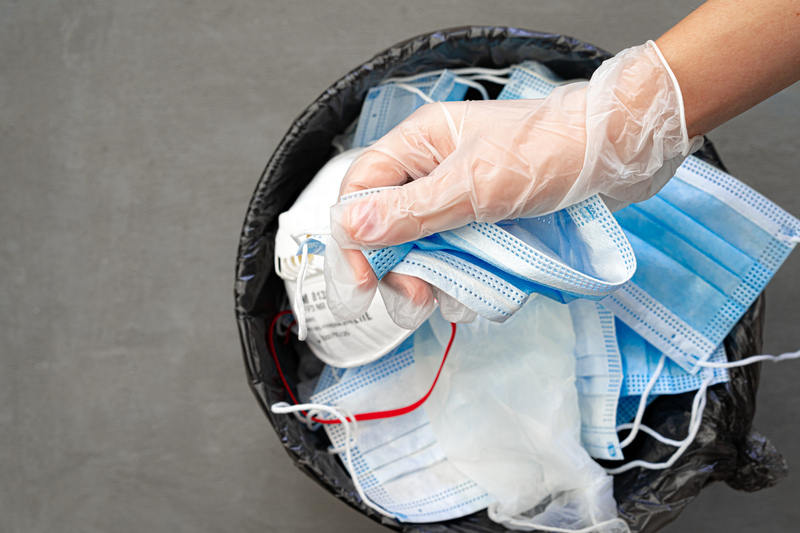
Welcome To Medical Waste Services
Medical Waste Services is your trusted medical waste service provider. It is our goal to give you a service provider experience unmatched in the industry. From first contact to a final bill, we want to make you feel like we have thought through every detail. Our contracts are what you want them to be. If you need one for a year, great; if you prefer one for longer, we can do those too. In the end, we understand you are the customer, and we are there to make your experience better. Every business requires something a little different, so rather than request you to follow our plan, we are a company that desires to follow yours. Do unto others as you would do unto yourself. Luke 6:31 This isn't a tag line, it is how we approach every part of our business. We hope you join the rest of our satisfied customers and allow us to serve you.
